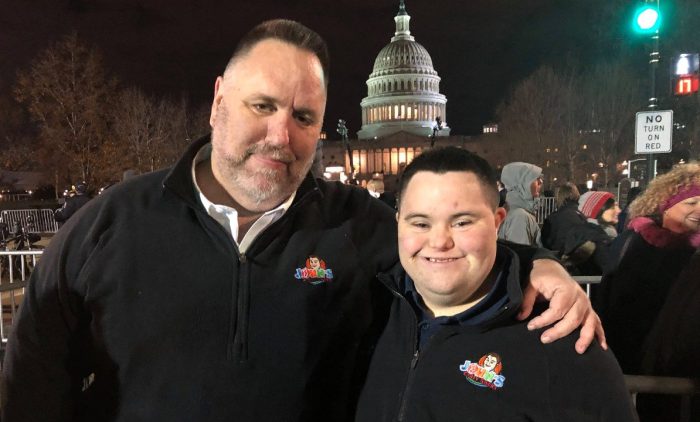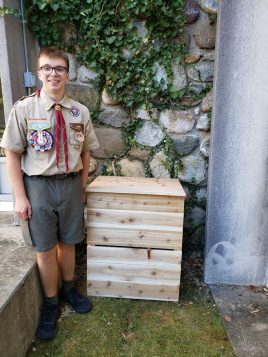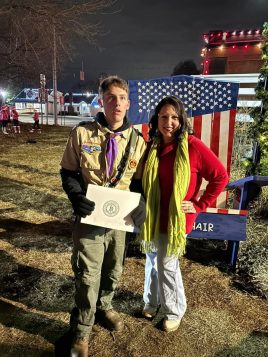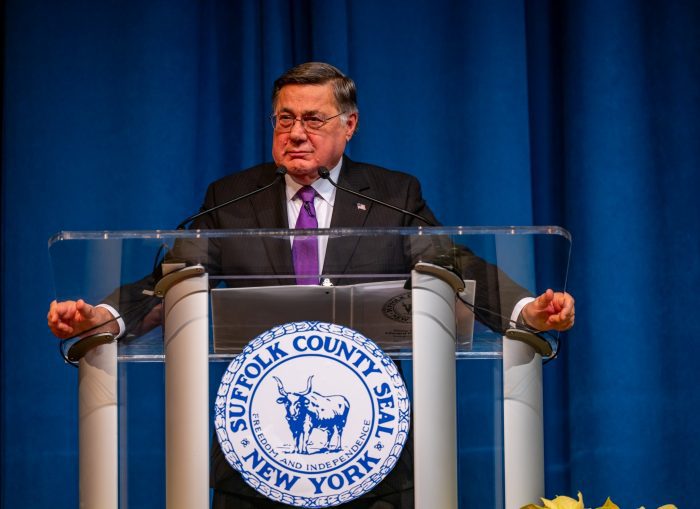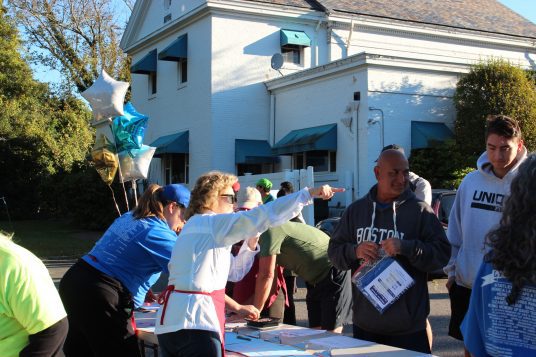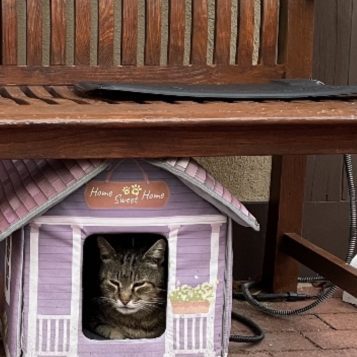By Jacob Klipstein
Ms. Pamila Pahuja, a dedicated middle school science teacher, is now at the center of a firestorm. A personal social media post expressing frustration over immigration policies and the broader state of the country has led to her suspension. Critics claim she wished harm upon Trump supporters,suggesting she would treat students differently based on their beliefs. That accusation is completely unfounded.
Having known Ms. Pahuja at R.C.Murphy Jr. High School, I can say with certainty that her commitment to students has never wavered, regardless of their background or ideology. Let’s be clear: her suspension isn’t about protecting students or maintaining neutrality in education. It’s about something much bigger—and much more dangerous.
This is about reinforcing the idea that opposing the present administration, even in one’s personal life, comes with professional and personal consequences.
Education has become one of the key battlegrounds. Whether at the college level or in school boards, middle schools, and high schools, the message is clear: speak out against the present administration, and there will be a price to pay. Ms. Pahuja’s suspension is just the latest example.
So, who will stand up for our teachers’ free speech? In our quaint district of Three Village, groups like the Setauket Patriots freely exercise their own speech. They have labeled Ms. Pahuja “unhinged,” calling her the “first casualty of the migrant crisis on Long Island.” In one post, a commenter referred to her as a “DEI hire”—a phrase casually tossed around as an insult, revealing the underlying biases behind these attacks. They claim to defend students while attacking a teacher’s character with unfounded accusations. If they can openly condemn her, why can’t she express her own views without risking her career?
Nationally and internationally, Ms. Pahuja has made headlines in The New York Post and the Daily Mail, where she has been subjected to further harassment and ridicule, particularly in their online comment sections.
Despite the manufactured outrage, Ms. Pahuja’s record speaks for itself. She comes from a family of educators and has spent over a decade inspiring students, running the Science Olympiad team, and dedicating herself to teaching. She isn’t being targeted because of her abilities as an educator—she’s being targeted because she refuses to conform.
And yet, here we are, throwing her under the bus. Why? Because she won’t pledge fealty to a political movement that stands against everything she believes in. Are we really expecting someone who has passionately taught science, advocated for immigrants, and supported unions to suddenly submit to a different ideology? Ms. Pahuja has spent years educating with care—there is nothing to suggest she would ever do anything less.
The truth is, she isn’t being punished for failing as a teacher. She’s being punished for speaking her mind. And that should give all of us pause.
I stand against the campaign of hate targeting Ms. Pahuja because of the values I was taught, in part, at Three Village schools. In these classrooms, we learned not only to think critically but also to stand up to bullies, no matter their power or influence. I urge others in the community to support her as well and hope to see her reinstated in the classroom as soon as possible.
Ms. Pahuja embodies the values of free thought, moral conviction, and standing against injustice—principles that should be protected, not silenced.


